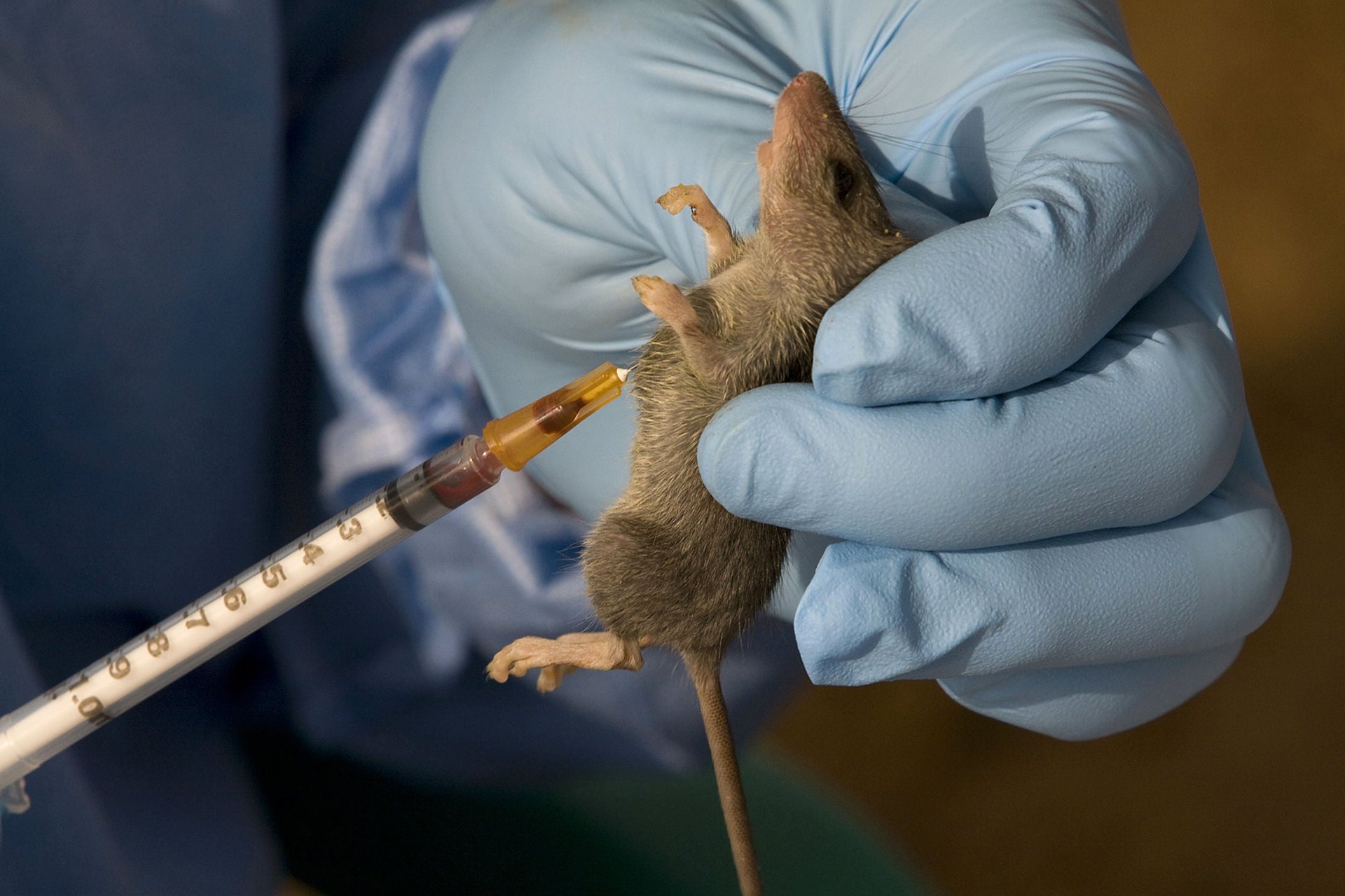Why Lassa fever won’t be the next Ebola
On Monday, May 25, an unnamed man died from Ebola-like symptoms in a New Jersey hospital. He first checked into a hospital when he had a high fever and sore throat. Initially, he was sent home; he failed to tell doctors he had been in West Africa. When he checked back into the hospital a few days later, his symptoms had worsened. Monday night, doctors diagnosed him with Lassa fever and he died from complications of the disease. Officials from the Centers of Disease Control and Prevention (CDC) arrived in New Jersey the next day to help the hospital ensure all of its doctors and nurses were not infected, and to help local officials find anyone else who may have been in contact with the man.


On Monday, May 25, an unnamed man died from Ebola-like symptoms in a New Jersey hospital. He first checked into a hospital when he had a high fever and sore throat. Initially, he was sent home; he failed to tell doctors he had been in West Africa. When he checked back into the hospital a few days later, his symptoms had worsened. Monday night, doctors diagnosed him with Lassa fever and he died from complications of the disease. Officials from the Centers of Disease Control and Prevention (CDC) arrived in New Jersey the next day to help the hospital ensure all of its doctors and nurses were not infected, and to help local officials find anyone else who may have been in contact with the man.
Lassa is a hemorrhagic fever—in about 20% of cases, it causes internal bleeding, vomiting and diarrhea. It’s found in West Africa, in Guinea, Sierra Leone, Ghana and Nigeria, and spreads to people through infected rats indigenous to the area, and contact with bodily fluids from infected individuals.
Even though it may appear to be eerily similar to Ebola, there’s little reason to panic: Lassa will likely never cause the kind of health crisis that Ebola generated.
First, people rarely die from Lassa fever. Dr. Tom Frieden, head the CDC, told NPR only about 1% of Lassa cases are fatal, compared with Ebola’s whopping 70%. Complications can include deafness and miscarriages, but many patients don’t even experience severe bleeding. Most of the time, Lassa fever looks like the flu. It infects between 100,000 to 300,000 people in the region each year, and kills about 5,000 people.
Secondly, Lassa’s a lot less contagious than Ebola. Lassa is predominantly transmitted from infected rats—specifically the common African rat—to people. In order to become infected with Lassa by a person, you’d have to have direct contact with someone’s blood or other bodily fluids. In the United States, the only cases have been from those individuals who have brought it back from traveling abroad, as reported by the New York Times.